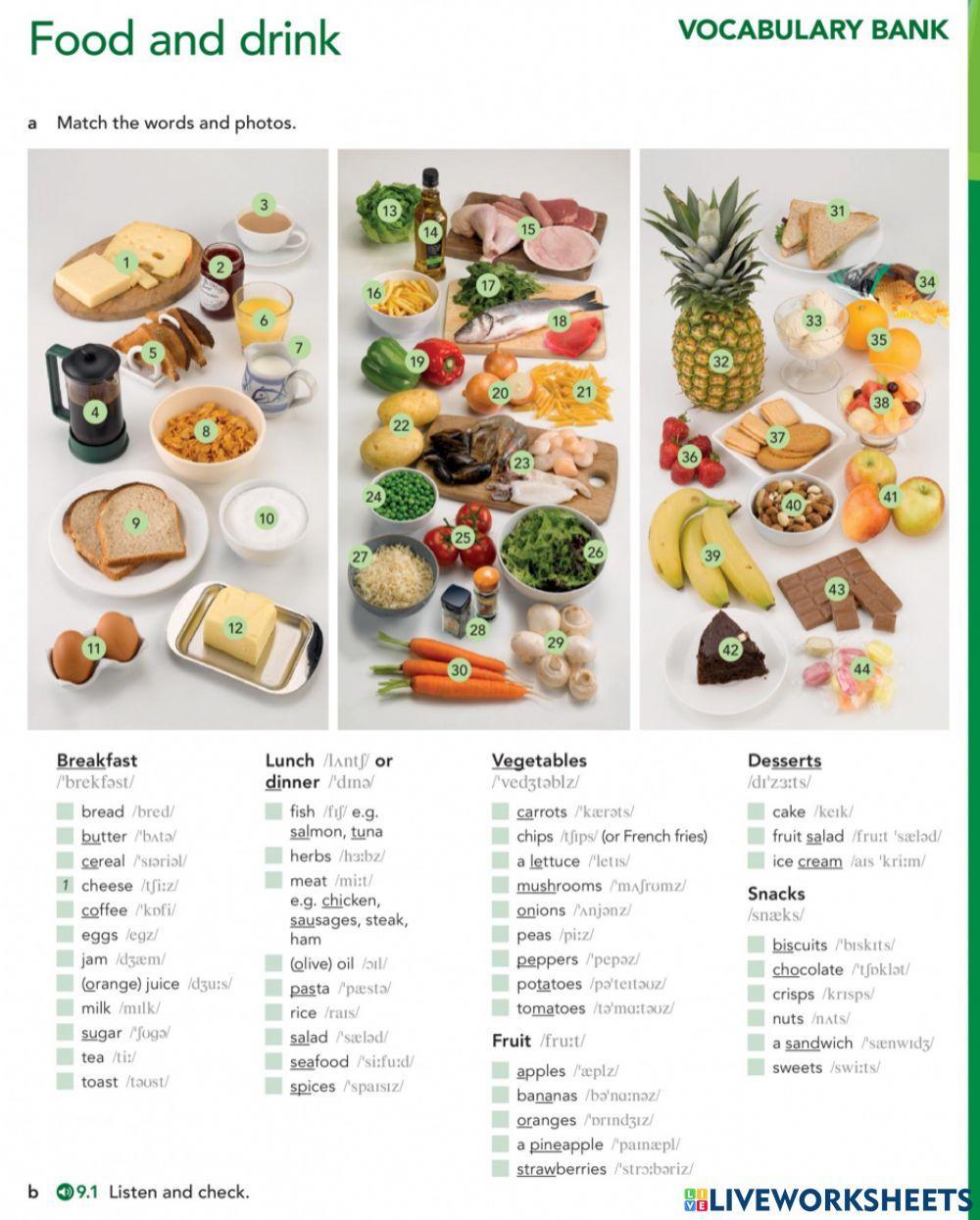-
English as a Second Language (ESL)
-
Food
-
Age 18+
-
level: Adults 1 Elementary
-
English
Author's Instructions
Foods and drinks vocabulary
-
English as a Second Language (ESL)
-
Food
-
Age 18+
-
level: Adults 1 Elementary
-
English
Author's Instructions
Foods and drinks vocabulary












